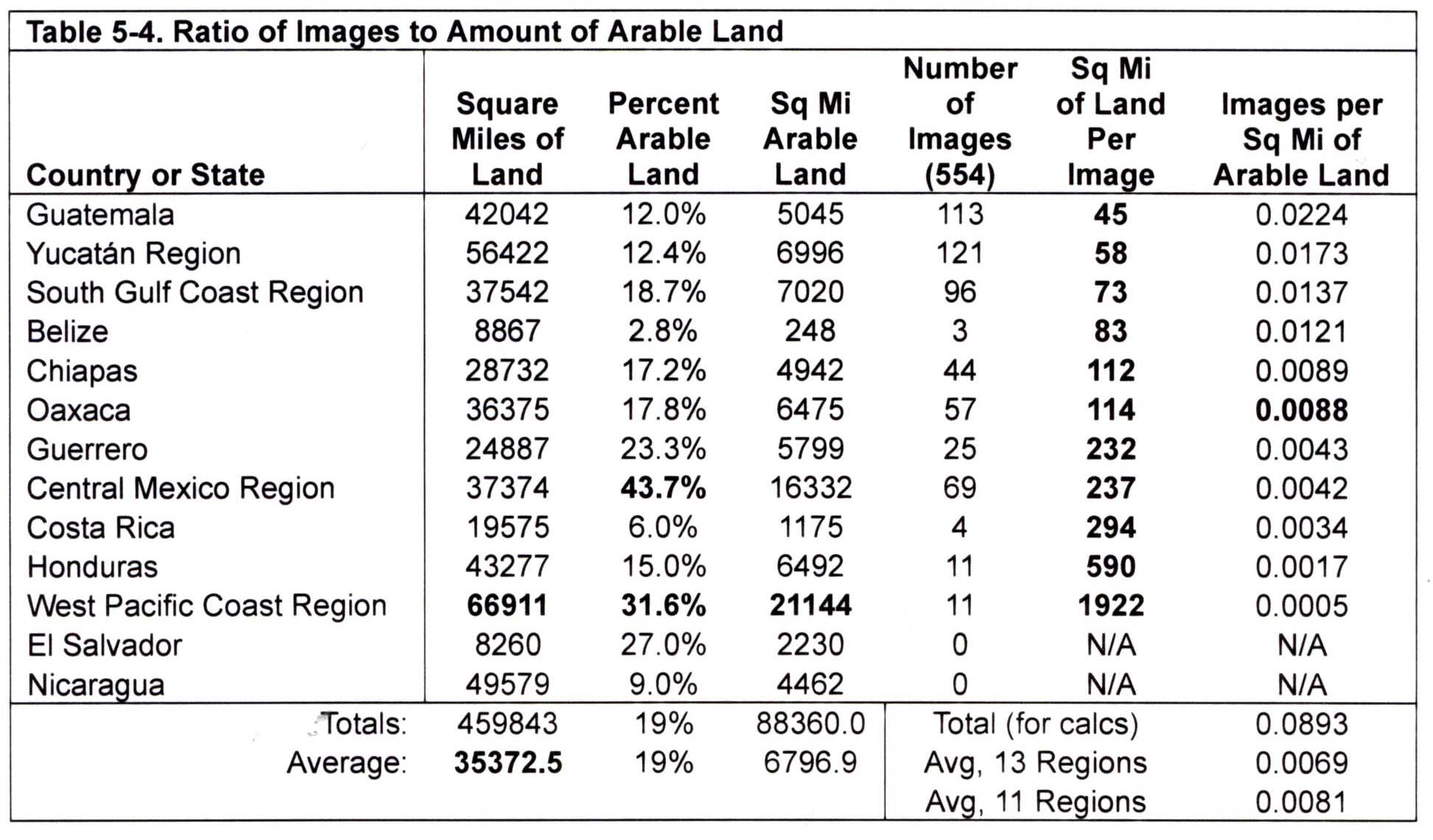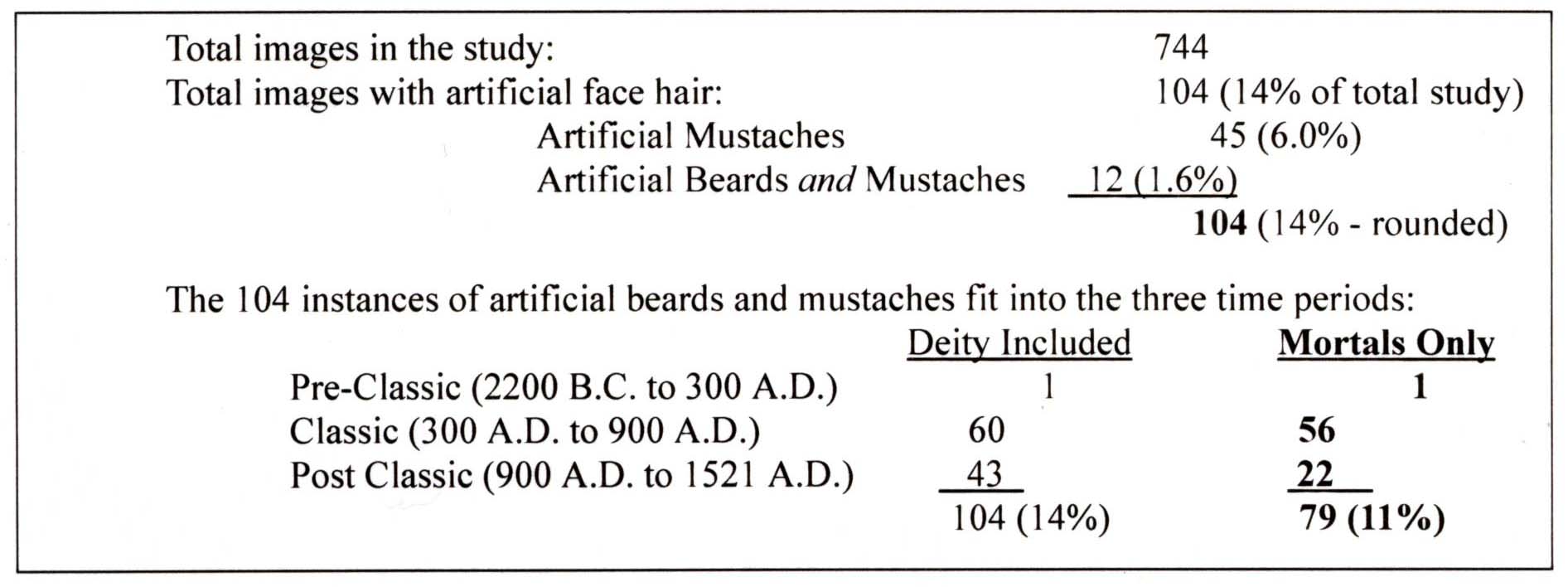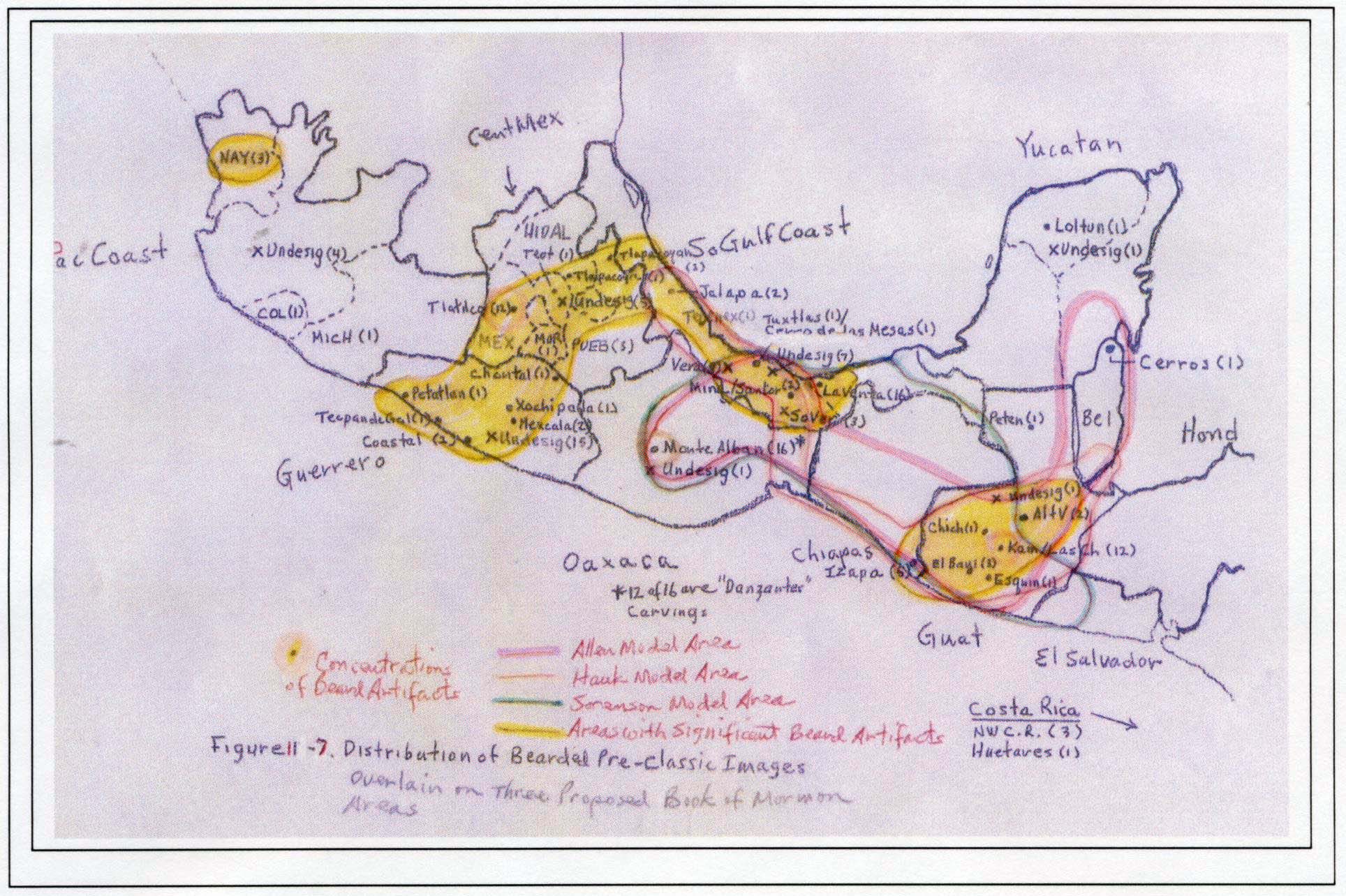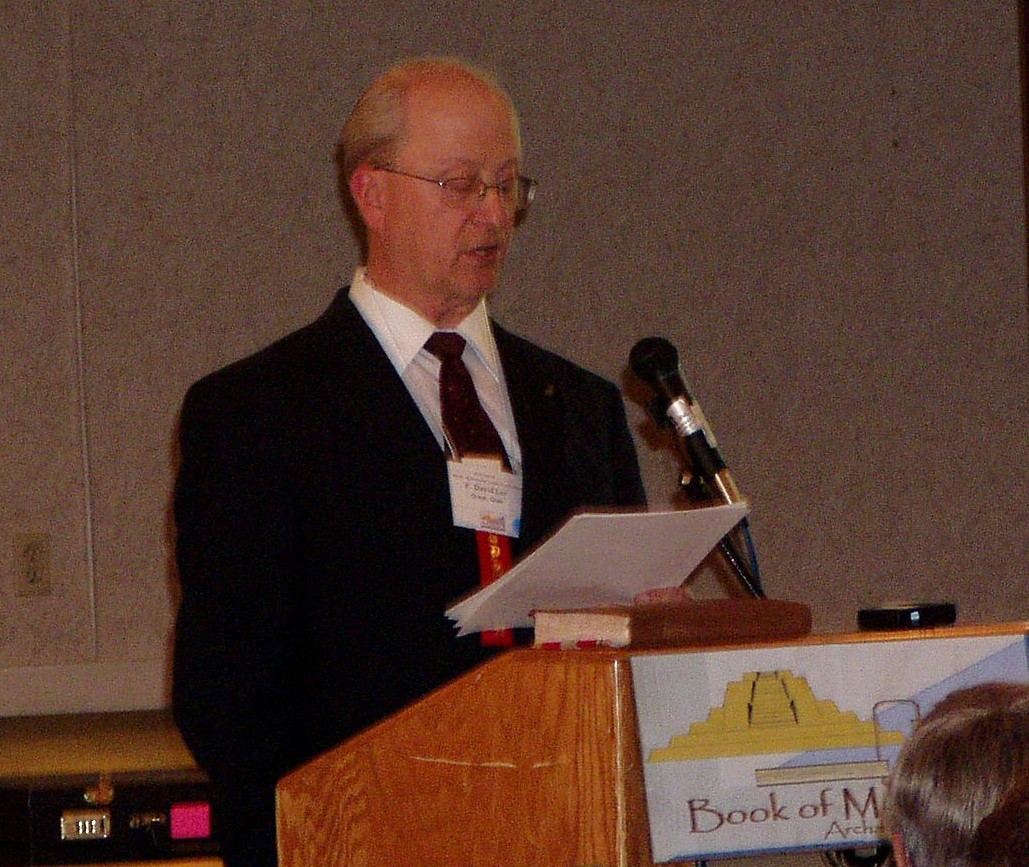THE BEARDED ONES - A Context for Bearded Populations in Mesoamerica
OBJECTIVE: Provide a context for the presence of bearded and non-bearded populations among Mesoamerican cultures.
TRADITION OF BEARDS IN THE OLD TESTAMENT:
Beards were highly esteemed in Old World and particularly Old Testament cultures, and to cut off, or even touch, another’s beard was a great insult. The Jewish Encyclopedia provides this insight:
"The modern Oriental cultivates his Beard as the sign and ornament of manhood: he swears by his Beard, touching it. The sentiment seems to have been the same in Biblical times.... To mutilate the Beard of another by cutting or shaving is…considered a great disgrace..."
Shaven beards are alluded to many times in the Old Testament, often as a sign of voluntary or involuntary submission, humiliation, or subservience. An example is 2 Samuel 10:4-5.
It is reasonable that these same traditions and physical attributes relating to the wearing of beards followed early emigrants as they sailed from the Old to the New World.
BEARDED ONES IN TIME AND PLACE:
In my research I collected all the Pre-Conquest bearded images I could find. The Pre-Classic Period was of particular interest, as it correlates well to Book of Mormon history.
Geographically, I have divided Mesoamerica into 13 regions, listed here.
.jpg)
THE NATURE OF BEARDEDNESS IN ANCIENT MESOAMERICA:
We seem to be faced with a “puzzlement”: Pure blooded Native Americans, with a few regional exceptions, have no facial hair, or scant beards at best. But at the same time, I have collected hundreds of Pre-Columbian images, each showing some degree of facial hair.
Information was presented on each of the following points:
1. If the early immigrants to Mesoamerica identified in the Book of Mormon were bearded, AND…
2. If Native American descendants of those early immigrants are not bearded, then one of two things seem to have happened. EITHER...
3. Those bearded populations became so immersed into large aboriginal non-bearded populations that they lost the capacity to grow beards, OR…
4. Descendants of the original bearded populations at some point lost the capacity—in and of themselves—to grow beards.
It was pointed out that Statement 3, while generally accepted by the “community,” cannot be correct. It’s inconvenient corollary would be that today’s Native Americans are not descended primarily from the Lehites of the ancient record, as clearly stated in scripture. For example, see excerpts from Mormon 7:1, 2, 9, 10; Enos 1:11-13, 16, 18; and elsewhere. The Lamanites persist today as the core stock of the great Native American peoples.
This leaves us with Statement 4 in the sequence. As this seems to be an “either/or” proposition vis-à-vis statement 3, it deserves at least cautious consideration.
Charles Darwin made this perceptive prediction:
"A secret writing [will] one day be detected and deciphered in the bodies of living things. ... [C]haracters, like those written on paper with invisible ink...lie ready to be evolved whenever the organization is disturbed by certain known or unknown conditions."
Because of our belief that God created cosmos from chaos, and that He is capable of controlling or modifying any portion of His creations, we see God as the author of that secret writing—He knows and controls the code.
In the very first pages of the Book of Mormon—600 B.C.—we see contention among the sons of the prophet Lehi. The Lord, in the process of explaining to Nephi the blessings he would receive for his righteousness, also hinted at the prospects of his two elder brothers:
"And...the Lord spake unto me [Nephi] saying...inasmuch as ye shall keep my commandments, ye shall...be led to a land of promise; yea, even a land which...is choice above all other lands. And inasmuch as thy brethren shall rebel against thee, they shall be cut off from the presence of the Lord. ... For behold, in that day that they shall rebel against me, I will curse them even with a sore curse..." (1 Nephi 2:19-24)
Not many years later, now in the promised land, we see that the Lord had imposed the forewarned punishment upon Laman and Lemuel and their followers (see 2 Nephi 5:21-24), and it was done quickly: “And the Lord spake… and it was done." (2 Ne. 5:23)
There are indications that another physical change may have taken place among the Lamanite population at or about the same time: they became incapable of growing beards. Such a change would have been devastating. A man=s beard represented manhood, authority, power, and even godliness. From early on, it became the custom of the Lamanites to shave their heads. See evidence in Enos 1:20 and Alma 3:5. These quotes are dated approximately 530 B.C. and 87 B.C., respectively, indicating enduring tradition. Remember: a shaved beard was a sign of voluntary or involuntary submission and humiliation among the Israelites!
BEARDS IN A GEOGRAPHICAL AND HISTORICAL CONTEXT:
Beards by Region and Period—Mortals. It indicates the geographical extent and historical periods for mortals with beards considered in the study. Discussion of this table during the presentation is also eliminated, but the information is in the table.

One challenge in determining an accurate comparative distribution of bearded figures is that the regions vary considerably in size, ranging from the Belize Region, about 8,900 square miles in size, to the West Pacific Coast Region, covering nearly 67,000 square miles. The following table, provided without discussion, shows a simple attempt to accomplish this purpose. Bold type indicates areas of particular interest.

THE EMULATORS: ARTIFICIAL BEARDS AND MUSTACHES:
I mention in the discussion of the physical characteristics of the Lamanites that the extent of the humiliation they would have felt by losing their beards would become more clear during the analysis of the beard data. In a chapter I call “The Emulators,” I discuss my findings relating to artificial beards and mustaches. In analyzing the database and pictures upon which this study is based, an interesting phenomenon was observed: Around the time “The Bearded Ones” were being destroyed, about 350-385 A.D., we see the introduction of several different types of artificial likenesses of beards and mustaches in Mesoamerica. For example we have beards made of hair; decorative scarification of the face in the beard area; face plates; and nose bars, reminiscent of mustaches. Pictures and discussion are not included, but see the table:

While the hated, but envied, bearded Nephites populated the land, it would have been awkward to be seen trying to mimic their appearance. But after they were gone, it became the chic thing to do, which practice became the custom for generations. By the Post-Classic, however, the practice had become less fashionable. Earlier we spoke of Lamanites going contrary to a tradition of beards by shaving their heads. Now we have them wearing artificial beards, beginning about the time the Nephites were destroyed.
BOOK OF MORMON SITE RECONCILIATION:
In the presentation I compare three geographies, i.e., those of John L. Sorenson, taken from An Ancient American Setting for the Book of Mormon; F. Richard Hauck, in Deciphering the Geography of the Book of Mormon; and Joseph L. Allen’s proposed geography as set forth in Sacred Sites: Searching for the Book of Mormon Lands. I present and discuss a number of maps comparing and contrasting the three studies, and then superimpose them all on the same map, which I include here:

By comparing the areas of bearded images with proposed Book of Mormon geographies we would hope to accomplish several things:
1. We can determine how closely the general areas where bearded images have been found correlate to the suggested Book of Mormon areas in combination.
2. We can determine which of the three Book of Mormon models provides the “best fit” to areas where bearded people appear to have lived, and particularly where they were concentrated.
3. Whether or not a strong habitat correlation is established between Pre-Classic bearded populations and the proposed lands of the Book of Mormon, we can use these comparisons to determine areas, based on the distribution of bearded images, we might want to keep in mind as we seek to understand where these people walked and talked.
The approach used in this study was to learn what we could by the presence in time and place of bearded images. Based on this single tool, there are at least two possible challenges:
1. If the Nephites and Mulekites were generally bearded…and if the traditional home of these groups was the city of Zarahemla…and if Zarahemla, in the opinion of many, was on the Grijalva River in eastern Chiapas…then why is there a virtual vacuum of Pre-Classic bearded images in that area? There may be a reasonable answer. (The Law of Moses: Exodus 20:40 and Deuteronomy 4:16)
2. The land of first inheritance of the Jaredites is often considered to be in present-day Oaxaca, but based on the presence or lack of beards in the area, it might be appropriate to look to the strip of land stretching from Guerrero on the Pacific Coast through the Valley of Mexico to the Gulf Coast, and from thence following the coast past the Isthmus of Tehuantepec into Tabasco. Geographically, a strong case can be made for this.
-----------------------------------------------------------------------------------------------------------------
Feel free to contact me if you have questions or if you know of possible publishers for the book from which this presentation was taken.
F. David Lee
985 N. Main Street
Orem, UT 84057
Email: dalees@juno.com



